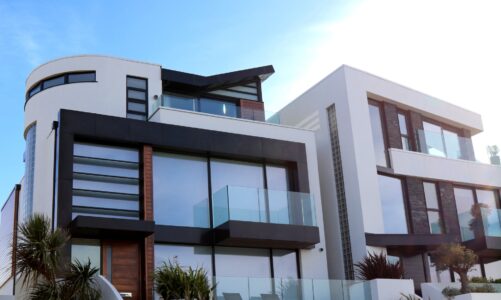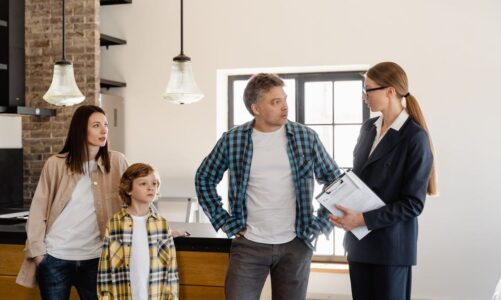Contents
Passive house (Passivhaus) design is a new and innovative way to create houses that are much more eco-friendlier and more cost-effective. Rather than using traditional energy, insulation, and materials for the home, passive house design draws on influences from the sun, shade, and ventilation to keep the home warm in the winter and cooler in the summer without requiring other systems and facilities.
The idea for this type of home was created in Germany, with prototypes becoming available in the 90s. By 1996, the Passivhaus Institute was created to develop the design and encourage other countries to adopt the same standards and technology.
How does it work?
There are five principles that help architects design a passive house:
Insulation
Envelope insulation is used within the home, and interruptions to said insulation are kept to a minimum. Insulation is most commonly used to cover the entire exterior of the property with no breaks within the material. This is to ensure that the building can hold in as much warmth as possible.
No thermal bridging
Thermal bridging is when less effective insulation is used in areas that break up the exterior insulation, for example, around a window frame. The aim is to ensure that the insulation envelope around the building goes as uninterrupted as possible.
Superior windows
Windows are the most common escape for warmth, meaning Passivhaus standards require the highest quality windows available.
Airtight construction
By using the same techniques for airflow as insulation (enveloping), the home can be kept at a comfortable temperature all year round. Paying close attention to how air flows around the property during the design phase is crucial to reach the high standard of Passivhaus design.
Mechanical ventilation
While enveloped air flow and insulation might seem like your home will feel a little stuffy, mechanical ventilation can combat this. A heat recovery ventilator removes old and moist air from the property and delivers fresh air. All heat extracted is also used to warm any air coming into the property in the cooler months. This is just one way passive houses are much more energy efficient.
With all these principles, the idea is to use as little energy as possible to heat and cool your home, helping you cut costs, as well as living a healthy and happier lifestyle.
What criteria must a passive house follow?
In order to class your home as a passive house, there is a maximum amount of energy that can be used for heating and domestic appliances. It’s a fraction of the amount used in a typical home, too. Using renewable energy sources is recommended as well, like hiring a residential solar company to add panels to the roof.
Another criterion for the passive house is airtightness, which is measured by the amount of air that’s able to leave or enter the building with mechanical ventilation.
Lastly, thermal comfort is a must. Passive houses aim to regulate the temperature throughout every season so that you can live a much more comfortable life without the need for additional heating or coolants.
Passive houses are difficult to create but hugely rewarding. They can help you live comfortably while also reducing costs and having significantly less impact on the environment.



